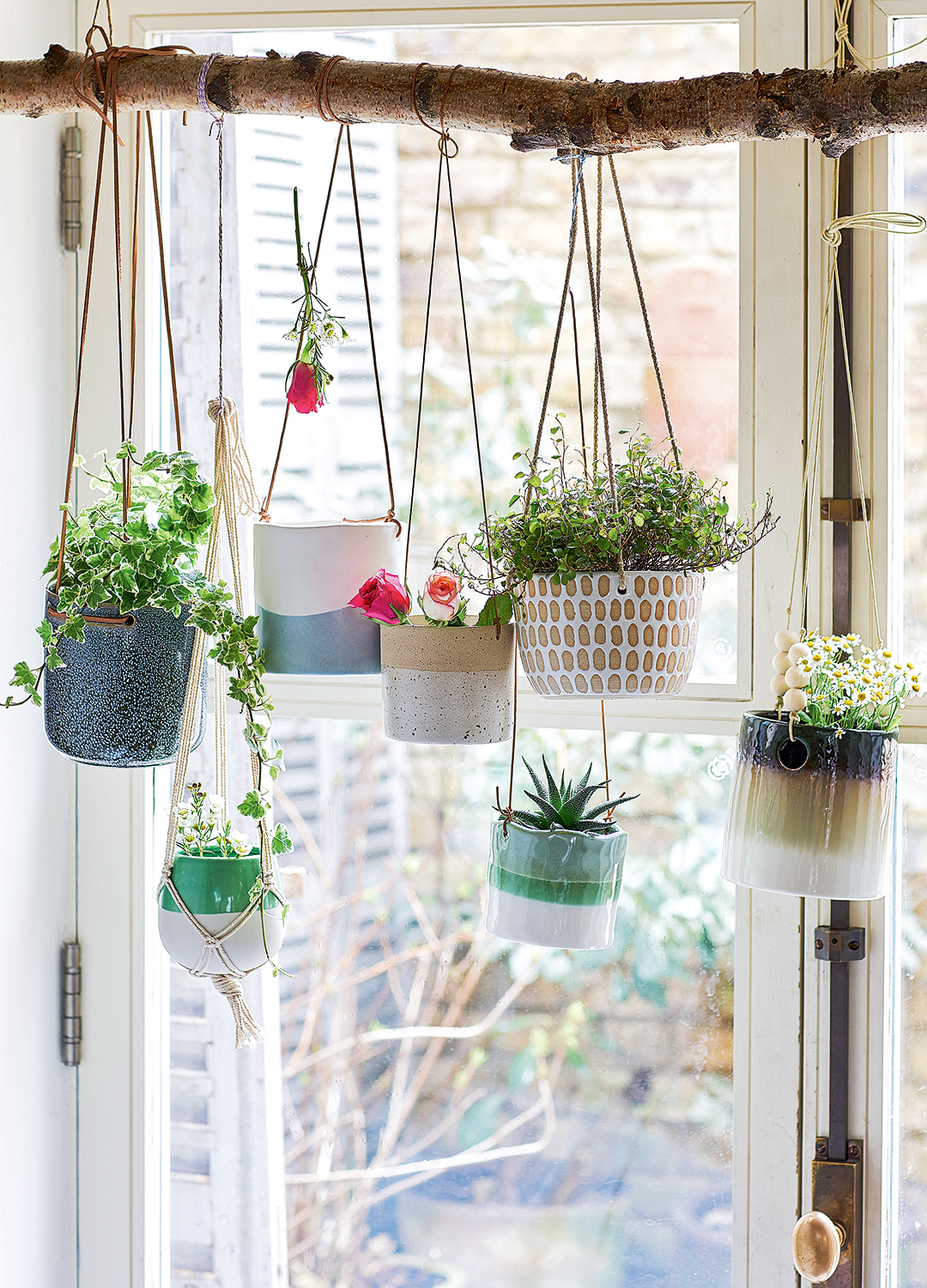
The wonder of houseplants never ceases to amaze us. Not only do they help our well-being by welcoming nature into our homes and playing a role in purifying the air, but they are also the secret for helping to keep our homes cool according to experts.
With temperatures tipped to hit 30 degrees in some parts of the UK this week, we will all be trying everything we can to keep rooms cool without AC. And a few simple tricks with your houseplants could be the answer.
We know how houseplants can help reduce condensation and humidity but we often overlook how they can also help improve indoor air quality to feel cooler.
“Many people are aware that houseplants can improve the air quality of your home by circulating the air and removing pollutants. But not enough people are aware of the air-cooling qualities of plants," says Craig Morley, a gardening expert at Budget Seeds.
So to put that right he has shared some insights into how you can harness the power of plants to keep you cool in summer...
5 things you can do with houseplants to keep a room cool
Whether the easiest houseplants to care for or the hardest indoor plants to keep alive, they can help through transpiration. “Transpiration is the process by which water flows upwards through a plant, from the soil to the leaves and stem. As well as delivering water and nutrients to the plant’s cells, this process keeps plants cool as water evaporates from the leaves.
“Transpiration also cools the area around the plant, meaning houseplants in your home can help cool your home in summer. Think of it as free, eco-friendly air conditioning if you like.”
Here are Craig's tips to increase transpiration to help your plants help you...
1. Ensure your houseplants are well-watered

Just as we need to increase how much water we drink to stay hydrated in the heat, the same applies to your houseplants meaning you need to reevaluate how often you water your indoor plants.
“If a plant is not watered often, this can reduce the rate of transpiration as the plant tries to conserve water," Craig explains, "Giving your houseplants ample water will encourage transpiration and help to cool your home during hot weather.”
After Monty Don's revealed the single most useful thing to improve houseplants we keep a spray bottle to hand to constantly mist our plants to prevent them from drying out.
2. Group plants together to increase the effect

Create concentrated clusters by moving your houseplants to one area to maximise the efforts of the transpiration process.
“Grouping plants together also helps to create a humid microclimate," explains Craig. "This prevents each plant from drying out, which hinders transpiration.”
When relocating your plants ensure you group them in the coolest spot in each room place, avoiding window sills or anywhere in direct sunlight because this can cause the plants to dry out quicker.
3. Use a humidity tray
This method is most commonly used when caring for a bonsai tree but it's actually an easy way to improve the transpiration process for any plant during hot spells.
“Placing your plant wet pebble tray can also promote transpiration. As the water evaporates from the tray, it creates a bubble of humidity surrounding the plant. Investing in a humidifier also has the same effect.”
4. Repot your houseplants

Similar to how we feel warmer when we feel enclosed, our plants also benefit from having extra room to be able to breathe. Letting plants become rootbound is a common houseplant mistake to avoid.
“Plants in containers may transpire less, as their roots are often confined within a small space, and this can make them prone to water stress," warns Craig.
"Of course, houseplants are usually kept in pots but opting for a larger pot can mitigate this issue.”
Simply repotting your houseplant is an easy way to improve its growing conditions, and a happy plant is a healthy plant – one that will perform better.
5. Reassess your plant's needs

Move to improve, feed to provide nutrients and clean plant leaves – take stock and see what you can do to help your houseplant thrive.
“Houseplants placed in an environment that does not satisfy their needs will not be as efficient at cooling your home," says Craig.
"Consult your plant’s care tag or use the internet to research ideal growing conditions. How much sunlight does it need? Does it prefer dry or humid conditions?”
Houseplants are an easy way to help improve an indoor environment which in turn is a good way to help keep rooms cooler – one of the reasons to buy a dehumidifier in summer is to help reduce the humidity to make it easier to cool the air.







